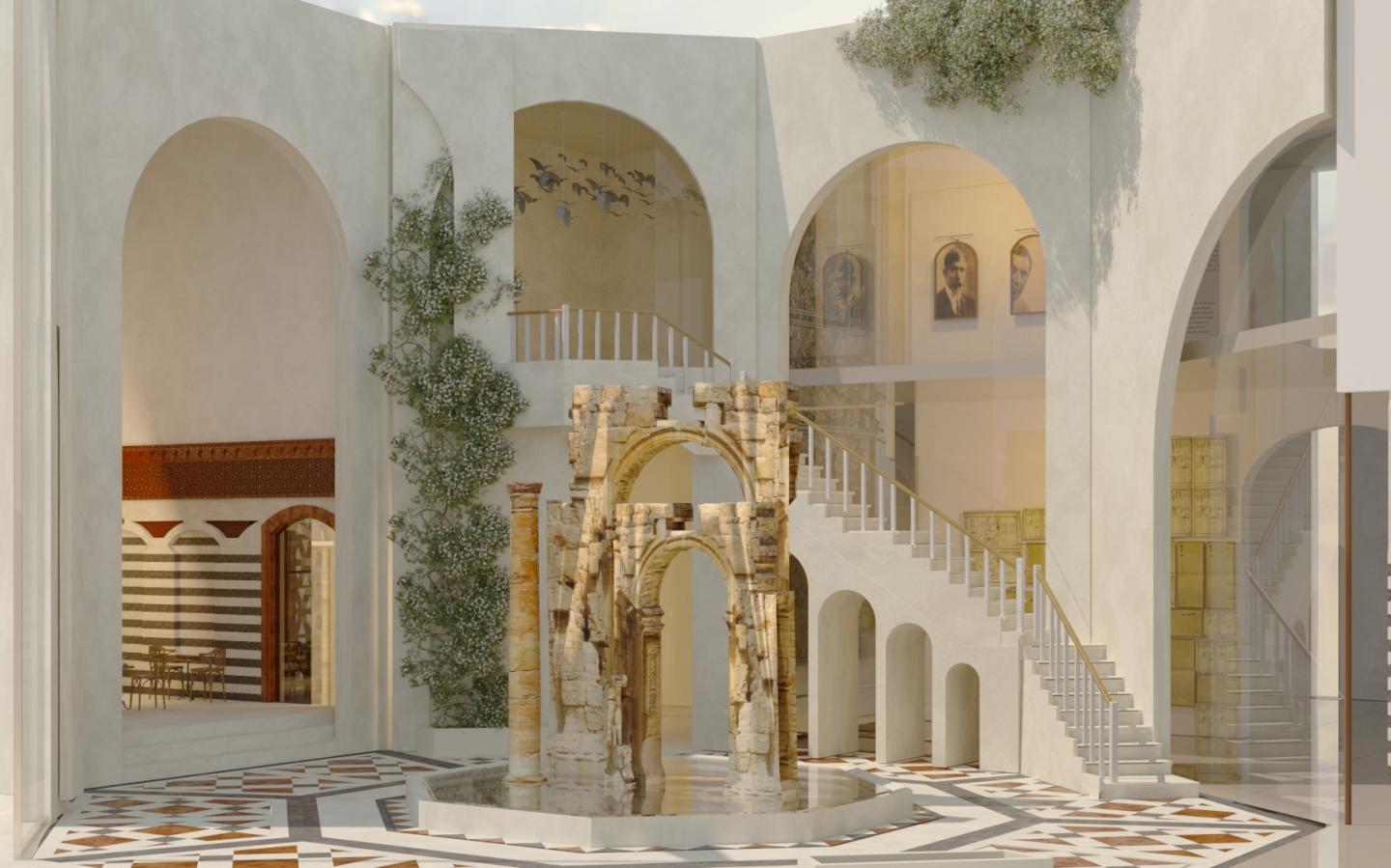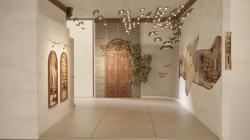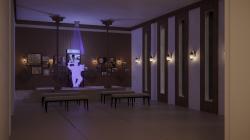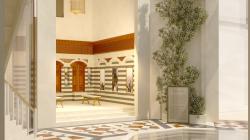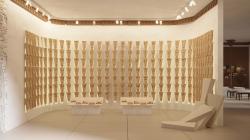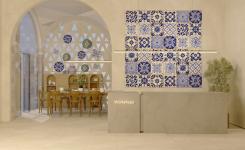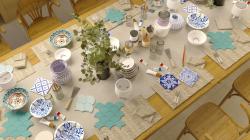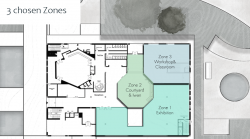Project brief
Arab heritage is rich in arts and artistic experiences, showcasing a diverse range of creative expressions. "From Damascus here to Cairo". Civilizations reach all countries, but Cairo and Damascus have distinct personalities in their heritage. Approximately 17% of Syrians currently reside in Egypt, which highlights the need for sustainable cultural centers to preserve and promote their shared cultural heritage (IOM, 2022). A Syrian culture center in Egypt plays a vital role in preserving cultural heritage, promoting integration, and offering essential support services to approximately 1.2 million Syrians residing in Egypt (Syrian migrants in Egypt, 2021). Therefore, as per Egypt's vision of adapting to the adverse impacts of climate change, this will add a new dimension and perspective to the cultural center by promoting it to be the first smart and sustainable Syrian cultural center in Egypt. This Project will provide valuable information about the relationship between Syrian historical interior designs and their impact on global climate change, which will light up people's thinking and understanding of their connection to each other throughout history.
Project challenges
- The lack of sustainable interior design spaces that confirms the relation between Syrian historical interior design solutions and its impact on global climate change.
- The scarcity of developing historical architectural customs in smart ways that are compatible with chronological development while having a rapidly changing climate.
SDG's 11: Sustainable cities and communities
11.4 Strengthen efforts to protect and safeguard the world's cultural and natural heritage
11.4.1 Total per capita expenditure on the preservation, protection and conservation of all cultural and natural heritage, by source of funding (public, private), type of heritage (cultural, natural) and level of goverment (national, regional, and local/municipal)
Location: The Green Belt 6th of October, Giza
The 6th of October area has the largest population presence of Syrian residents in the Republic of Egypt, which enhances the diverse community in the region and cultural exchange between Syrians and local residents, which facilitates understanding and integration. The Green Belt offers a lush environment that is perfect for promoting environmental awareness and sustainability practices to the Syrian community and beyond
Conceptual Approach:
The inspiration from the Mamluk era in both Syria and Egypt refers to the artistic traditions that emerged during the Mamluk Sultanate, which ruled these regions from the 13th to the 16th centuries. While there are similarities between Mamluk art in Syria and Egypt, each region also developed its own distinctive characteristics. The impact of Mamluk era on interior spaces design in both Syria and Egypt was profound
Design Approaches
Heritage-Inspired Sustainable Design Approach
Description: A heritage inspired sustainable design approach involves blending historical elements with eco practices and principles, in architecture and design. The goal is to construct buildings, structures and spaces that respect heritage while minimizing harm to the environment
Interior Design Solutions form Al Mamluk era to solve climate change:
1. Arches & Domes
To construct these elements its recommended to use materials such as engineered wood or recycled metal. Additionally, including skylights or clerestory windows in the domes to maximize the entry of light and minimize the need, for lighting
2. Courtyards
Courtyards provide an ecofriendly approach, to adapting to climates. Design a courtyard that allows for airflow and cooling. Incorporate retractable. Shading devices to regulate sunlight and reduce heat absorption. Additionally, opt for materials, in the courtyard to effectively manage rainwater runoff and encourage groundwater replenishment.
User experience
Interpretation Tools:
Connection between the Cultural Center and Climate Change
The interpretation tool is used to explain the exhibits and building of the cultural center, while also highlighting how the building adapts to climate change and integrates interior design with the concept of climate change.
2024
The Syrian Cultural Center is distinguished by the reuse of ancient Damascene and Arab architectural customs to re-solve the problem of high temperature and climate change at the present time and in the future.
Apps
3Ds Max
Corona render
Photoshop
Designer: Aya Alhamad
Supervisors: Prof. Ola Hashem, Assoc. Prof. Karam Abdallah, Prof.Huda Madkor
